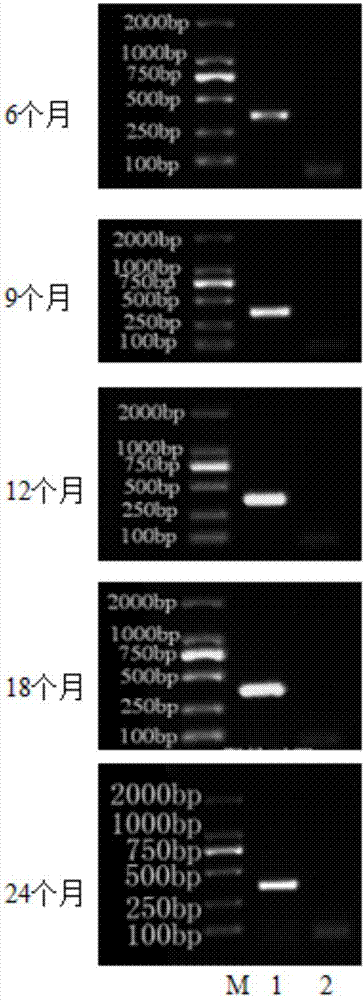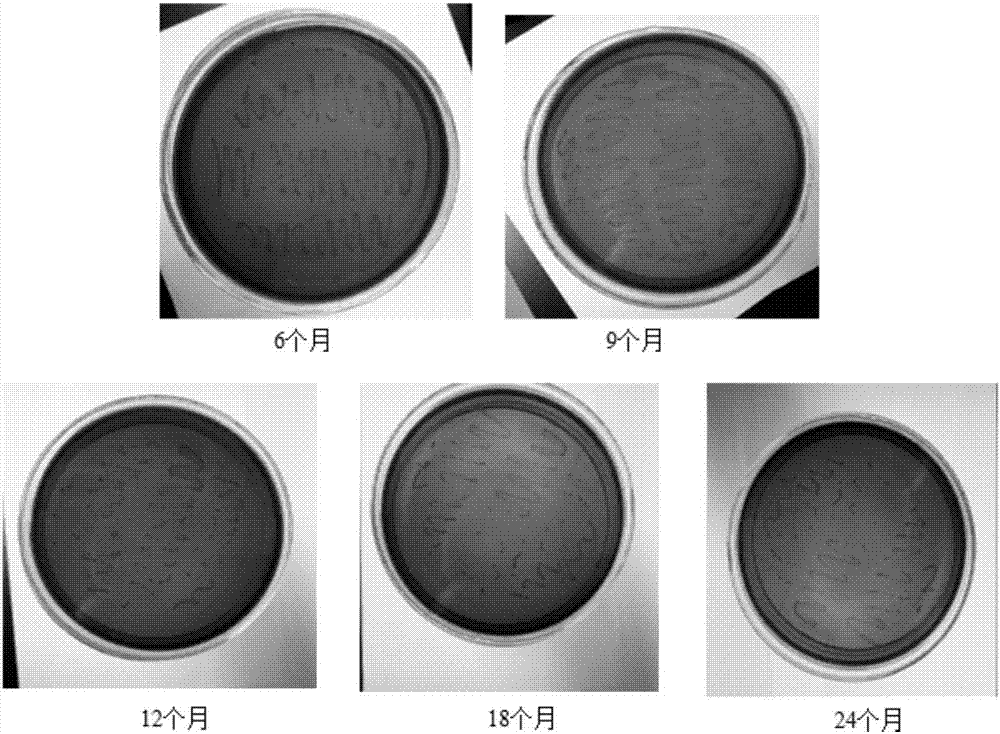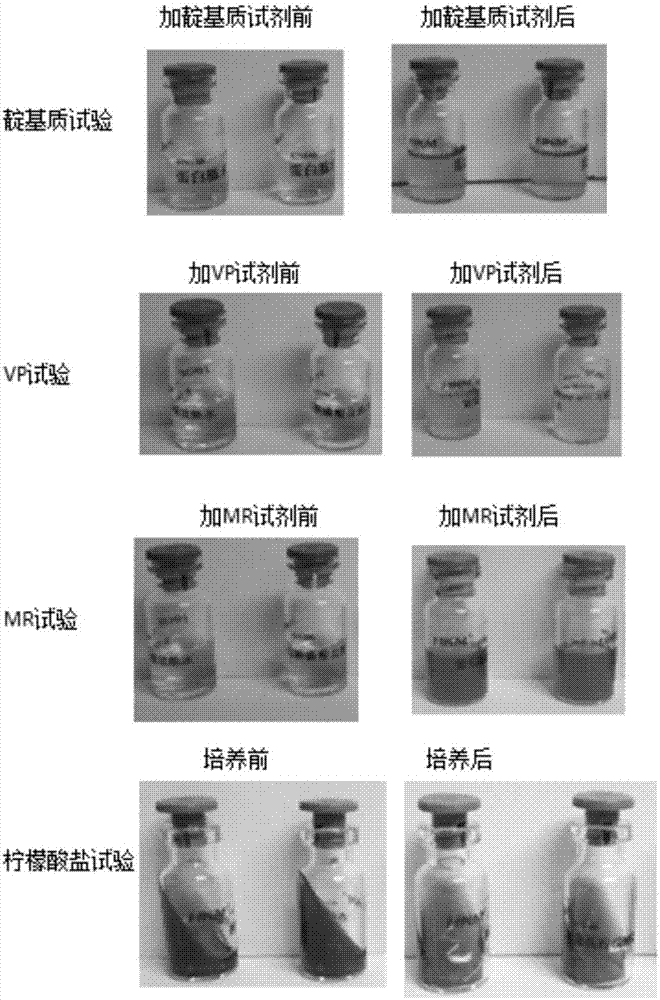Storage method of transgenic streptococcus suis serotype MRP engineered microorganisms
A technology of genetically engineered bacteria and preservation methods, which is applied in the field of preservation of Streptococcus suis type 2 MRP genetically engineered bacteria, can solve the problems of high equipment requirements, easy pollution, and frequent passage, so as to improve production efficiency and quality, reduce The effect of passage times and reduced storage space
- Summary
- Abstract
- Description
- Claims
- Application Information
AI Technical Summary
Problems solved by technology
Method used
Image
Examples
Embodiment 1
[0043] The preservation method of the Streptococcus suis type 2 MRP genetically engineered bacteria provided in this example is operated as follows.
[0044] 1 Obtain the engineering bacteria liquid containing the MRP gene sequence of Streptococcus suis type 2
[0045] Get the bacterium solution of the transgenic Streptococcus suis type 2 partial gene Escherichia coli (target bacterium) transformed with the Streptococcus suis type 2 partial gene sequence and inoculate it into 200mL of LB broth medium (containing 100mg / L ampicillin), 37°C, 180rpm / min shaking culture for 4h.
[0046] 2 Take the cultured bacteria solution and mix it with the preservation reagent at a volume ratio of 1:1 to obtain the target bacteria preservation solution, and then divide it into sterilized 1.5mL EP tubes (each EP tube contains 1mL target bacteria preservation solution ) and quickly stored at -20°C.
[0047] Wherein, the preservation reagent used is physiological saline containing glycerol, the...
experiment example 1
[0052] The transgenic Escherichia coli were taken out at different time points (6 months, 9 months, 12 months, 18 months, 24 months) after storage for stability investigation. details as follows.
[0053] 1 strain survival rate
[0054] At different time points, the Streptococcus suis type 2 MRP gene Escherichia coli preserved by the storage method in Example 1 was taken out from the -20°C environment, and 30 tubes were taken each time, and quickly thawed in a 37°C water bath, and then streaked on the plate. For the recovery of bacterial strains, one tube is streaked on one plate, and a total of 30 plates are streaked. Observe whether there are colonies growing on each plate. If there are colonies, it is recorded as survival. If no colonies grow, it is recorded as death. The survival rate (number of surviving plates / total number of streaked plates) of the bacterial strain after recovery after storage for different periods of time is shown in Table 1 below.
Embodiment 2
[0079] The preservation method of the Streptococcus suis type 2 MRP genetically engineered bacteria provided in this example is operated as follows.
[0080] 1 Obtain the engineering bacteria liquid containing the MRP gene sequence of Streptococcus suis type 2
[0081] Get the bacterium solution of the transgenic Streptococcus suis type 2 partial gene Escherichia coli (target bacterium) transformed with Streptococcus suis type 2 partial gene sequence and inoculate in 200mL LB broth medium (containing 100mg / L ampicillin), 37°C, 200rpm / min shaking culture for 4h.
[0082] 2 Take the cultured bacteria solution and mix it with the preservation reagent at a volume ratio of 1:1 to obtain the target bacteria preservation solution, and then distribute it into sterilized 1.5mL EP tubes (each EP tube contains 1mL target bacteria preservation solution ) and quickly stored at -80°C.
[0083] Wherein, the preservation reagent used is physiological saline containing glycerol, the concent...
PUM
 Login to View More
Login to View More Abstract
Description
Claims
Application Information
 Login to View More
Login to View More - R&D
- Intellectual Property
- Life Sciences
- Materials
- Tech Scout
- Unparalleled Data Quality
- Higher Quality Content
- 60% Fewer Hallucinations
Browse by: Latest US Patents, China's latest patents, Technical Efficacy Thesaurus, Application Domain, Technology Topic, Popular Technical Reports.
© 2025 PatSnap. All rights reserved.Legal|Privacy policy|Modern Slavery Act Transparency Statement|Sitemap|About US| Contact US: help@patsnap.com



